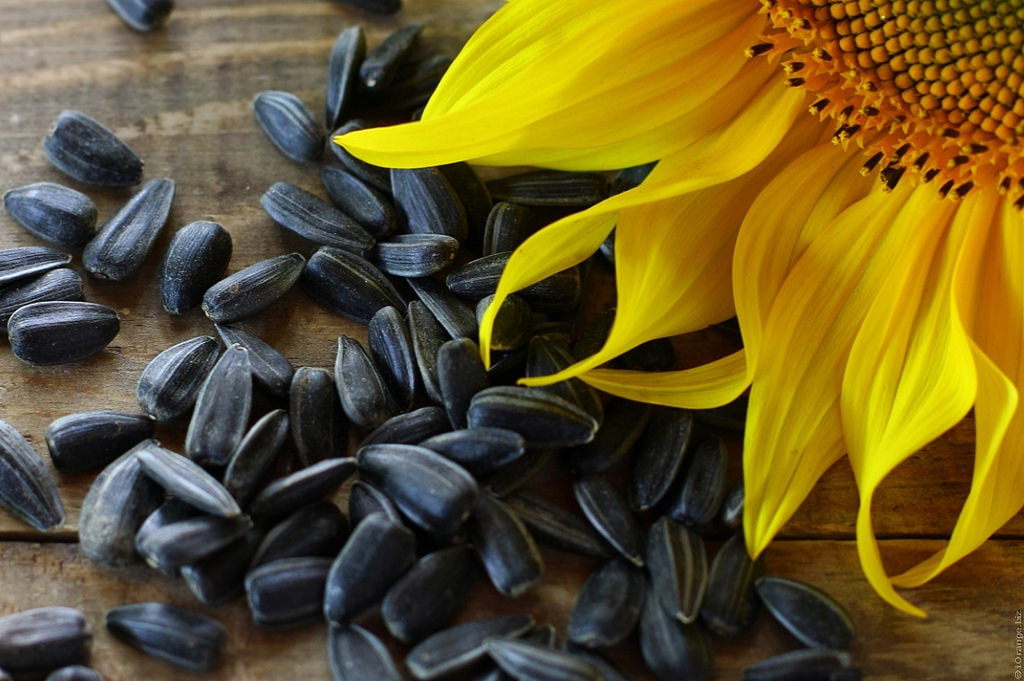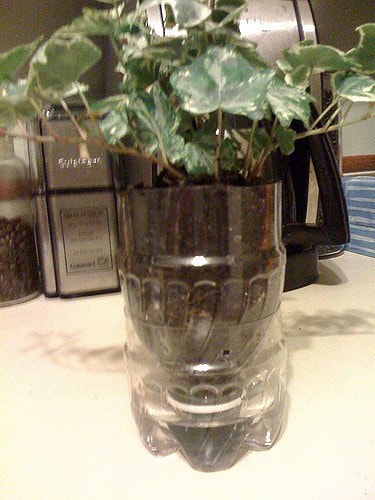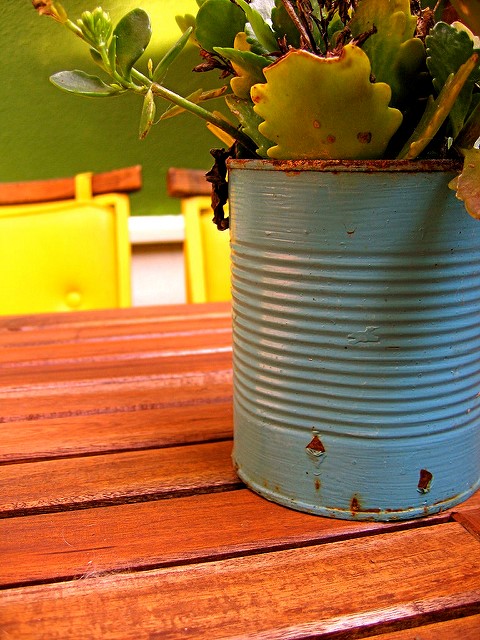|
One of the fantastic things about growing your own food indoors is that, even without a garden, you can live in a more sustainable way. Another way to live more sustainably is to think about how to reduce the amount of waste that you and your household generate. Growing food indoors and reducing waste go hand in hand. You can use items that you might otherwise throw away to help you grow your food at home. To help you get started on the road to sustainability, here are five ways of using household waste to grow seeds indoors: Yoghurt Pots & Plastic Trays By piercing yoghurt pots or other plastic tubs on the bottom, you can allow water to drain from them. When filled with a growing medium, these containers are perfect for growing your own inside your home. Plastic trays that often come with your food as packaging can also be used – these are great for catching the drips below your containers. They can also be placed one on top of another (or with existing lids) to make a home made windowsill propagator. Plastic Bottles Plastic bottles can also be used to make little propagators to start seeds on your windowsills. Or, they can simply be cut in half and make perfect containers for growing plants, with the top part inserted into the lower half, with the neck downwards to allow for drainage. Tin Cans
Tin cans can also be stripped of their labels and look great as rustic plant holders. As long as the tine were used for holding food, they will be perfect for growing more of it. Just be careful as you fill the cans not to cut yourself on any sharp edges. You could also paint them with non-toxic paint to stop them from rusting and to create a finish you like. Toilet Roll Tubes, Cardboard Toilet roll tubes and other small, untreated, plain cardboard boxes are perfect for starting off seeds. They are great for seedlings that will be transplanted to larger containers later but which do not like for their roots to be disturbed. Since the cardboard will decompose in soil over time, they can be planted with the seedlings into larger containers (or outside), allowing you to leave the roots of the seedlings undisturbed. Kitchen Scraps Of course, cardboard and untreated paper can also be composted, as can scraps from your kitchen. Fruit and vegetable peelings, and other kitchen scraps can be turned into compost – compost that could be used as a growing medium for your indoors plants. You don't need a lot of space for a compost bin, and you can even compost indoors if you don't have any outside space. Making your own compost is the very best way to put waste to good use.
0 Comments
Leave a Reply. |
GROW ORGANIC!
|
|




 RSS Feed
RSS Feed




